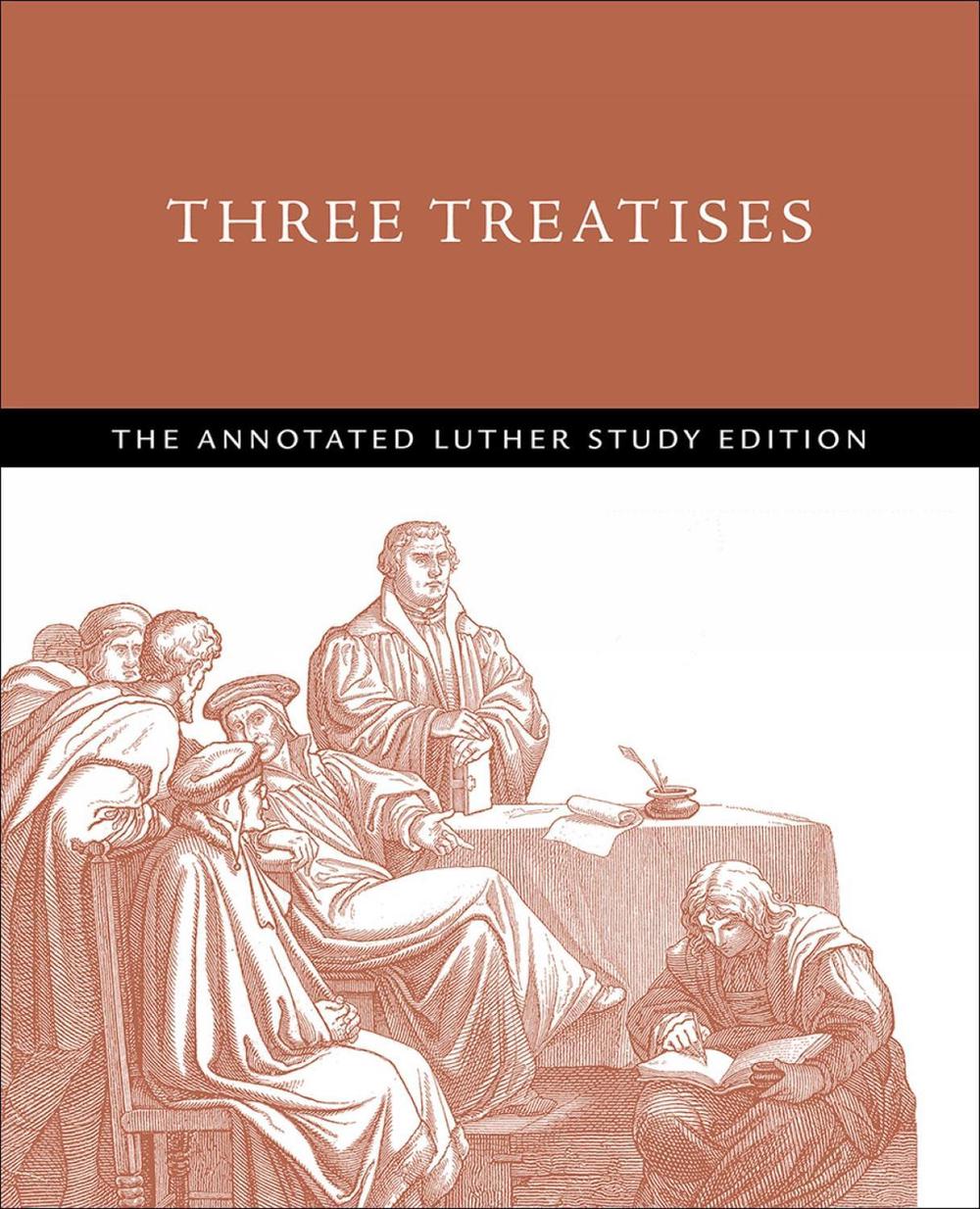
Three Treatises
the annotated luther study edition
$61.29
- Paperback
293 pages
- Release Date
27 March 2023
Summary
The Reformation Unleashed: Three Foundational Treatises by Martin Luther
Martin Luther ignited the Reformation in 1517 with his Ninety-five Theses. Over the next three years, he defended and clarified his revolutionary ideas through numerous writings, most notably the three treatises penned in 1520. Luther aimed to make his arguments accessible to both clergy and the general public.
To the Christian Nobility of the German Nation boldly attacks the Church’s …
Book Details
| ISBN-13: | 9781506488301 |
|---|---|
| ISBN-10: | 1506488307 |
| Series: | The Annotated Luther |
| Author: | Timothy J. Wengert, Erik H. Herrmann, James M. Estes, Paul W. Robinson |
| Publisher: | Augsburg Fortress Publishers |
| Imprint: | Fortress Press,U.S. |
| Format: | Paperback |
| Number of Pages: | 293 |
| Release Date: | 27 March 2023 |
| Weight: | 318g |
| Dimensions: | 235mm x 191mm |
About The Author
Timothy J. Wengert
Timothy J. Wengert is emeritus professor of church history at the United Lutheran Seminary. He has written extensively on Luther, Melanchthon, and the Reformation, including The Augsburg Confession: Renewing Lutheran Faith and Practice (Fortress, 2020). He was coeditor, with Robert Kolb, of the English edition of the Book of Concord (Fortress, 2000) and translated Luther’s Small Catechism, used throughout the Evangelical Lutheran Church in America. He lives in Long Valley, New Jersey.
Erik H. Herrmann is associate professor of historical theology and director of the Center for Reformation Research at Concordia Seminary in St. Louis, Missouri.
James M. Estes is professor emeritus in the History Department at the University of Toronto.
Paul W. Robinson is professor of historical theology and dean of the faculty at Concordia Seminary in St. Louis, Missouri. He teaches medieval and Reformation history. His publications include Martin Luther: A Life Reformed (2010) and ““Sermons on the Lord”s Prayer and the Rogation Days in the Later Middle Ages”“; in A History of Prayer (2008).
Returns
This item is eligible for free returns within 30 days of delivery. See our returns policy for further details.




